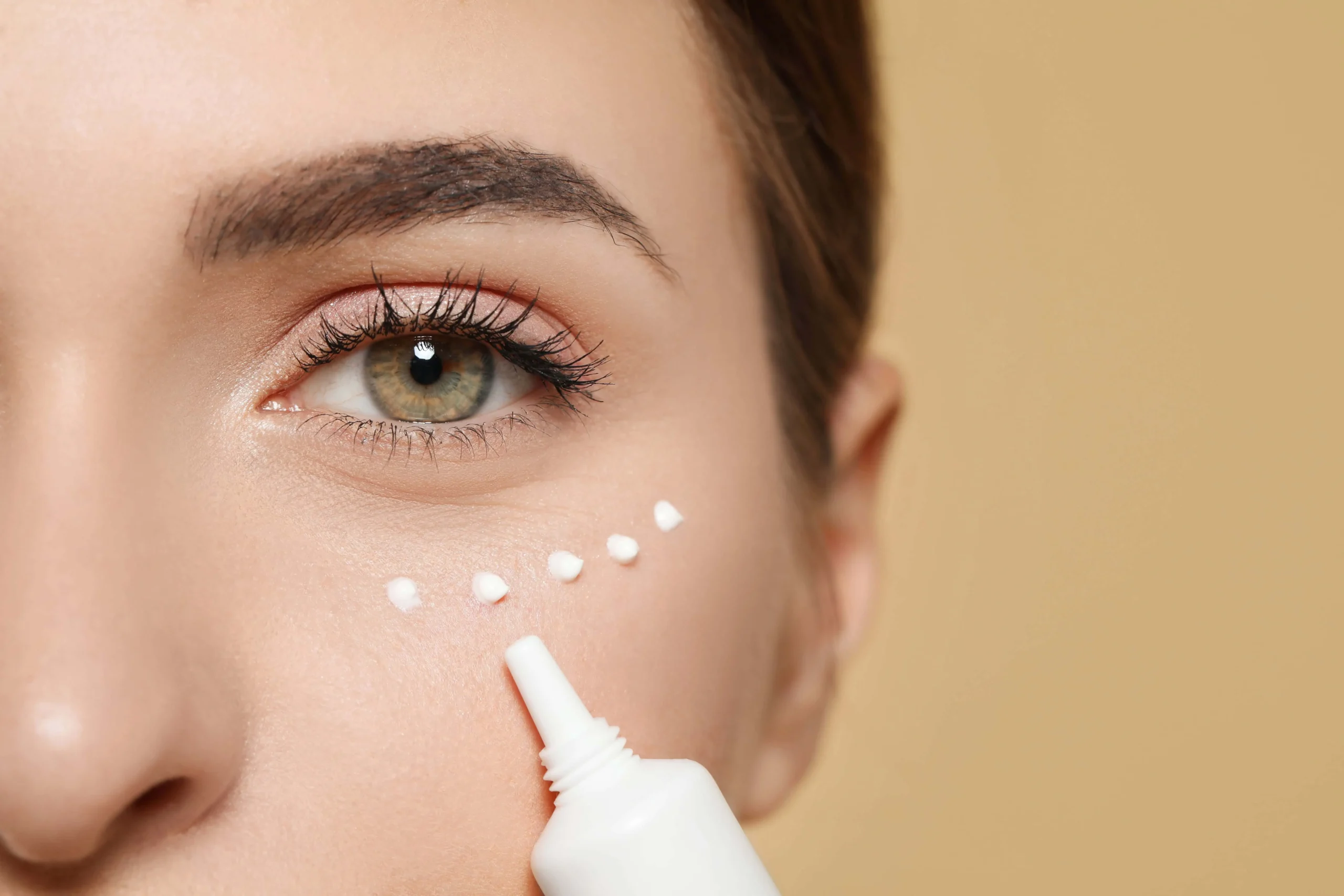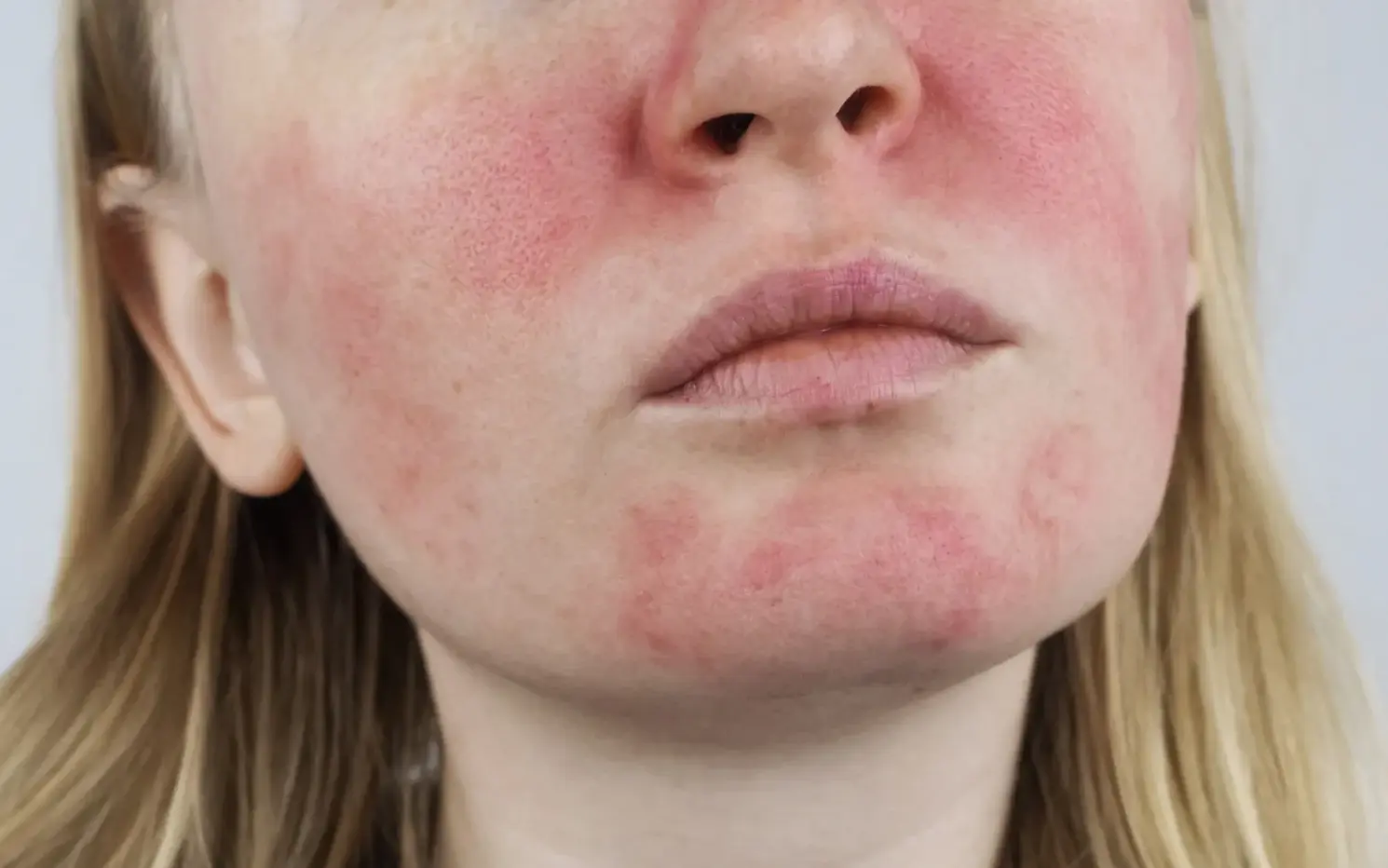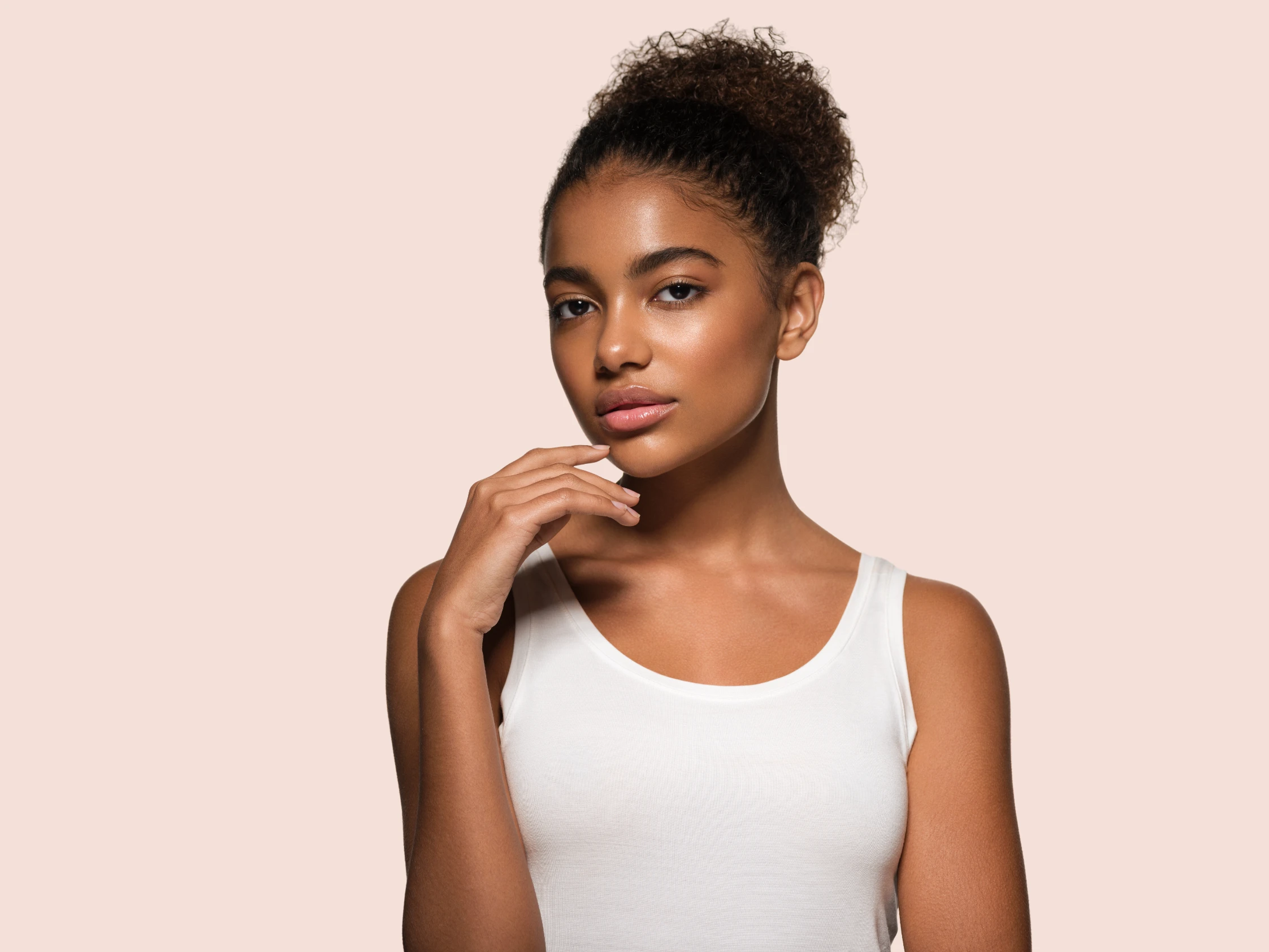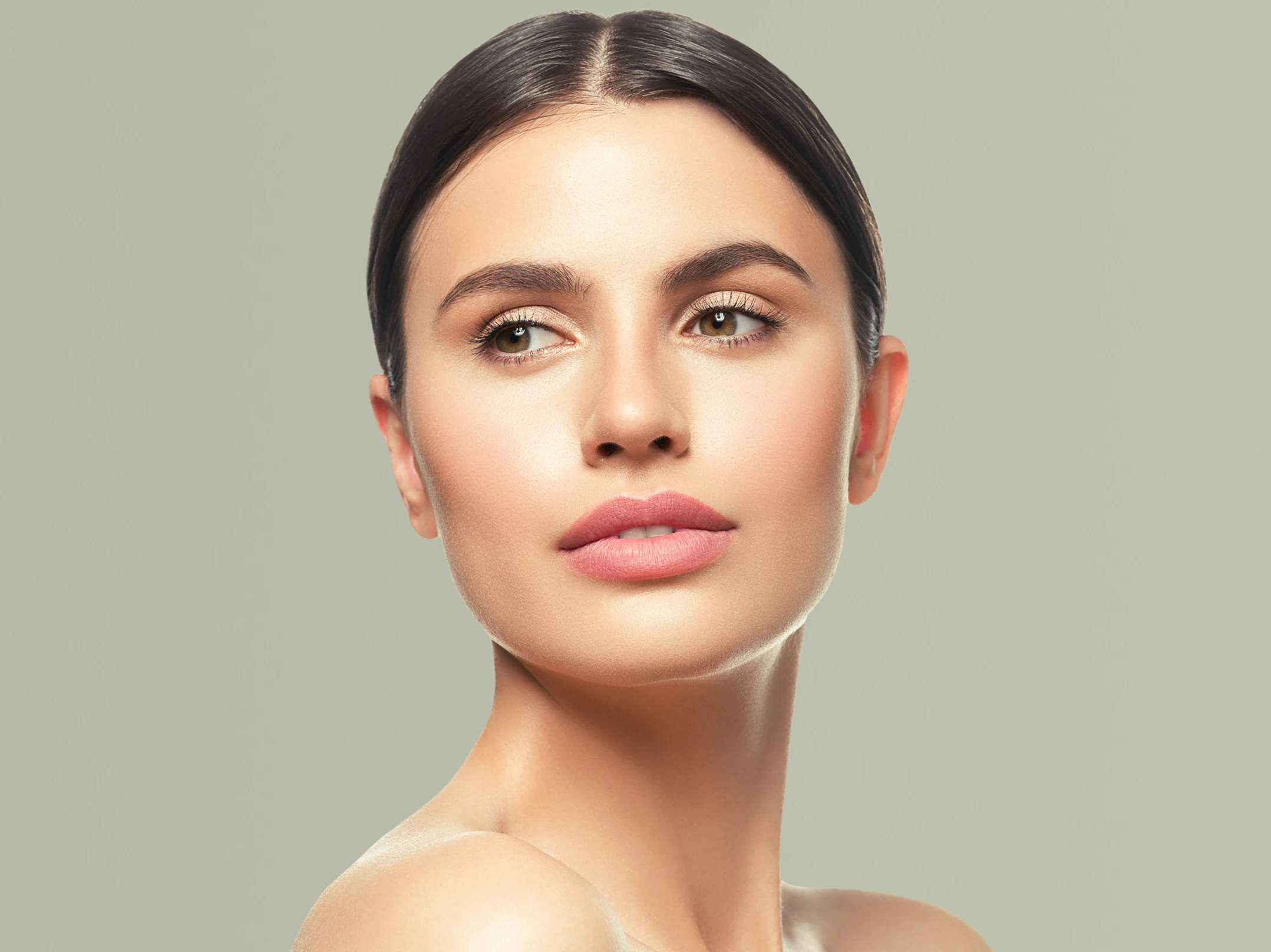When it comes to effective anti-aging and skin-renewing ingredients, retinol often tops the list.
Widely celebrated in the skincare world, retinol is known for its remarkable ability to improve
skin texture, reduce fine lines, and even out skin tone. So, what exactly is retinol, and how can it
improve your skin? This comprehensive guide will cover all you need to know about retinol,
including its origins, benefits, and how to add it into your skincare regimen.
What is Retinol?
Retinol is a type of retinoid that originates from Vitamin A. Retinoids are well-known for their
ability to influence cell turnover and skin renewal. Retinol is one of the most popular forms used
in over-the-counter skincare products. It’s less potent than prescription retinoids like tretinoin but
still effective for many users.
How Retinol Works
Retinol speeds up skin cell turnover. Here’s a closer look at its mechanisms:
● Cell Turnover: Retinol stimulates the production of new skin cells and helps to shed old,
dead cells from the surface. This process can lead to smoother skin and a reduction in
the appearance of fine lines and wrinkles.
● Collagen Production: By promoting cell turnover, retinol helps stimulate collagen
production. Collagen is a crucial protein that maintains skin’s elasticity and firmness,
reducing the signs of aging.
● Unclogging Pores: Retinol helps to prevent the buildup of dead skin cells within the
pores, reducing the likelihood of clogged pores and acne.
● Pigmentation and Tone: Retinol can help to fade hyperpigmentation and even out skin
tone by accelerating the turnover of pigmented cells and promoting a more uniform
complexion.
Benefits of Retinol
Retinol is renowned for its broad range of skincare benefits, including:
1. Anti-Aging:
○ Fine Lines and Wrinkles: Retinol reduces the appearance of fine lines and
wrinkles by boosting collagen production and enhancing skin elasticity.
○ Skin Texture: Regular use of retinol can improve skin texture by smoothing
rough patches and refining pores.
2. Acne Treatment:
○ Preventing Breakouts: Retinol helps to prevent acne by keeping pores clear of
dead skin cells and reducing oil buildup.
○ Acne Scarring: It can also help to fade post-acne scars and pigmentation.
3. Hyperpigmentation:
○ Dark Spots: Retinol accelerates cell turnover, which can help to lighten dark
spots and even out skin tone.
4. Skin Brightening:
○ Dull Skin: By promoting cell renewal, retinol can enhance skin radiance and
combat a dull, tired complexion.
5. Skin Firmness:
○ Elasticity: Increased collagen production from retinol can lead to improved skin
firmness and elasticity.
How to Use Retinol
Adding retinol to your skincare routine can be highly beneficial, but it’s crucial to use it properly
to prevent irritation. Here’s a step-by-step guide:
1. Start Slow:
○ Begin with a lower concentration of retinol, especially if you are new to it. Slowly
increase the strength as your skin builds tolerance.
2. Frequency:
○ Use retinol 2-3 times a week initially, and gradually increase frequency as your
skin adjusts. Using it too much can lead to dryness and irritation.
3. Application:
○ Since it may increase your skin’s sensitivity to sunlight, apply retinol in the
evening. Apply a pea-sized amount to clean, dry skin. Avoid applying retinol near
the eyes and mouth unless the product is specifically formulated for those areas.
4. Moisturize:
○ Follow up with a hydrating moisturizer to help mitigate dryness and irritation.
Consider using a richer moisturizer in the evenings when you apply retinol.
5. Sunscreen:
○ Always use sunscreen during the day. Retinol can make your skin more sensitive
to UV rays, increasing the risk of sun damage.
6. Avoid Certain Ingredients:
○ Be cautious when combining retinol with other potent ingredients like Vitamin C
or alpha hydroxy acids (AHAs), as this can increase the risk of irritation.
Introduce these ingredients slowly and observe how your skin reacts.
7. Potential Side Effects
While retinol is highly effective, it can cause some side effects, especially when first introduced
into your routine:
● Dryness: Retinol can be drying, leading to flakiness and peeling. This is usually
temporary and improves as your skin adapts.
● Irritation: Redness, itching, or burning can occur, particularly when starting with a higher
concentration. If these symptoms persist, reduce usage or consult a dermatologist.
● Increased Sensitivity: Retinol can increase your skin’s sensitivity to the sun, making it
essential to use sunscreen daily.
Choosing the Right Retinol Product
When selecting a retinol product, consider the following:
● Concentration: Start with a lower concentration (0.25% to 0.5%) if you’re new to retinol.
Higher concentrations (1% or more) are suitable for experienced users.
● Formulation: Retinol is available in various forms, including serums, creams, and gels. Pick a formulation that is right for your skin type and concerns.
● Additional Ingredients: Look for products that combine retinol with hydrating and soothing ingredients, such as hyaluronic acid or niacinamide, to help balance potential dryness and irritation.
Conclusion
Retinol is a powerful ingredient with a proven track record of improving skin texture, reducing
signs of aging, and addressing acne and pigmentation issues. By understanding how it works
and how to use it properly, you can make the most of its benefits and achieve healthier, more
radiant skin. Whether you’re looking to combat wrinkles, brighten your complexion, or manage
acne, incorporating retinol into your skincare routine can be a game-changer. Always remember
to start slowly, monitor your skin’s response, and consult with a dermatologist if you have any
concerns or specific skin conditions.





